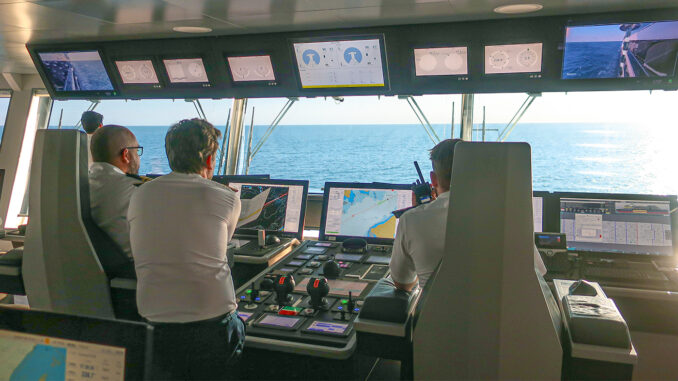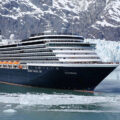
It wasn’t that long ago that exploring remote areas of the globe could put you out of touch with the outside world for weeks.
Until recently, cruises near either of the poles and even to lesser-populated islands were well out of contact for satellite services. Or, if available, they cost the price of a meal per minute. But all that is changing fast.
Access to the Starlink satellite system is rolling out this year on ships of most cruise fleets.
I put it to the test on a recent cruise well north of the Arctic Circle across the Northwest Passage on one of the first ships to install Starlink, Seabourn Venture. Guests were always connected and the complimentary Internet was generally as fast as at home. And we could even get reliable streaming video at an additional charge.

Seabourn Cruises is installing Starlink on all its ships. Newly launched expeditions ship Seabourn Pursuit has Starlink to provide service on its upcoming cruises in Australia’s remote Kimberley and Antarctica.
“We are committed to providing the best ultra-luxury expedition experiences at sea, and the Starlink partnership will offer a significantly enhanced connectivity experience during our expedition journeys,” said Natalya Leahy, president of Seabourn. “From the polar regions to Australia and the South Pacific, our guests will experience a more reliable connection, allowing them to share those special moments and experiences with their loved ones.”
For those who aren’t techies: Starlink’s network of small satellites orbit at about 340 miles above the earth’s surface, compared to standard communications satellites which orbit 22,000 miles away. That means the time it takes for data to travel from a ship to a satellite can be as much as 70 times shorter. And Starlink’s thousands of satellites spaced all around the globe make for clear signals in places that never had usable wi-fi before, including the polar regions, the middle of the oceans as well as places like Alaska, where mountains and glaciers would often scramble satellite signals.
The Starlink equipment is also so compact it’s easier to install on decks, replacing the bulky satellite domes that loom over cruise ship pools. On land, portable Starlink dishes are so small they can be installed on recreational vehicles for a monthly fee.
By the end of the year, a majority of the ships from Carnival Corp. including Carnival, Costa Cruises, Cunard Line, Holland America, Princess Cruises and Seabourn will have the new equipment installed. Norwegian Cruise Line, Oceania Cruises and Regent Seven Seas Cruises are also joining the party, as are Royal Caribbean, Celebrity Cruises and Silversea Cruises. Even the small ships of American Cruise Line, American Queen Voyages and Windstar Cruises are planning to switch to Starlink.
“High-speed, low-latency internet is critical to our modern lifestyle,” said Jonathan Hofeller, vice-president of commercial sales for Starlink, (a division of SpaceX, founded by Elon Musk). “And we look forward to helping ships continue to bring the connectivity experience for their guests and crew into the modern age.”
Of course, installing the latest equipment comes at a price, which means on lines that don’t include it as complimentary perk, the cost of Internet packages may go up. Cruise lines usually offer a basic package for emails and web surfing and a pricier premium package that has the extra bandwidth to support social media, streaming, and gaming.
But staying connected in the far corners of the world can be priceless.
Story by Wallace Immen, The Cruisington Times






1 Trackback / Pingback
Comments are closed.